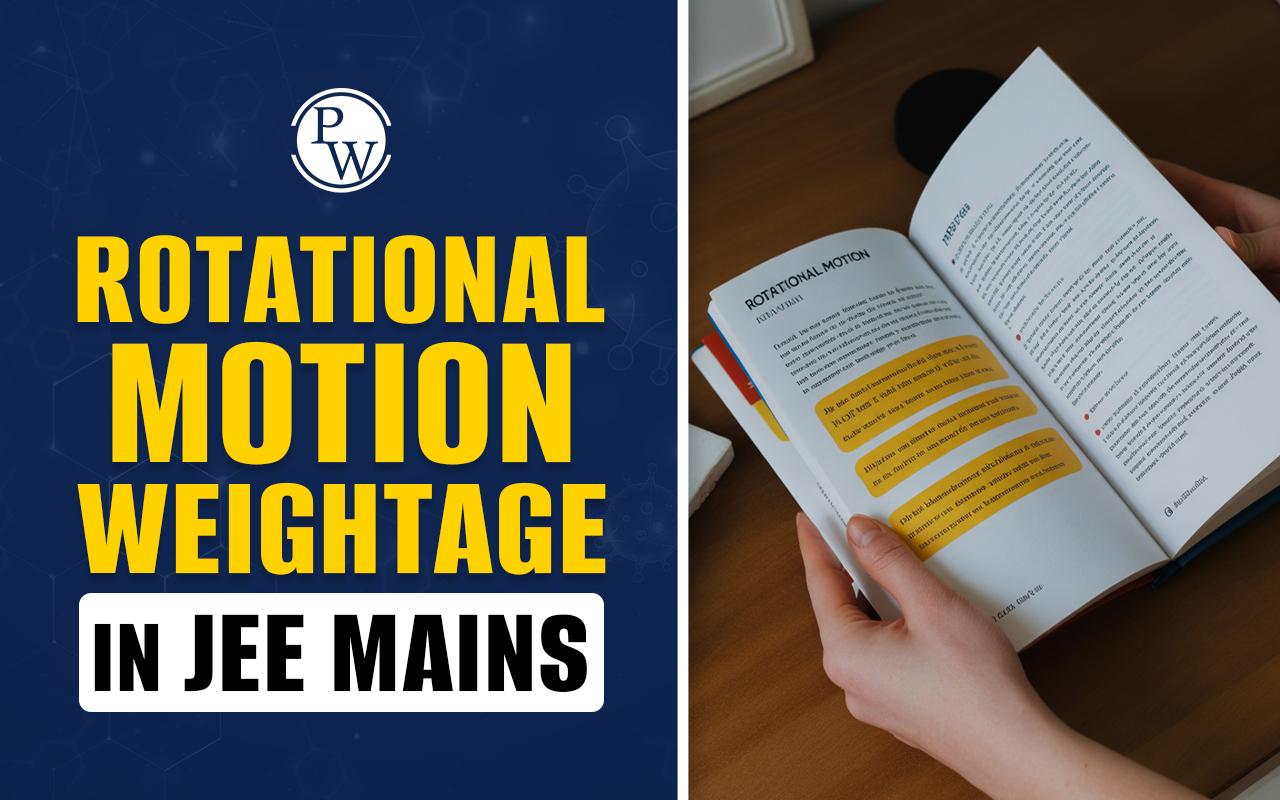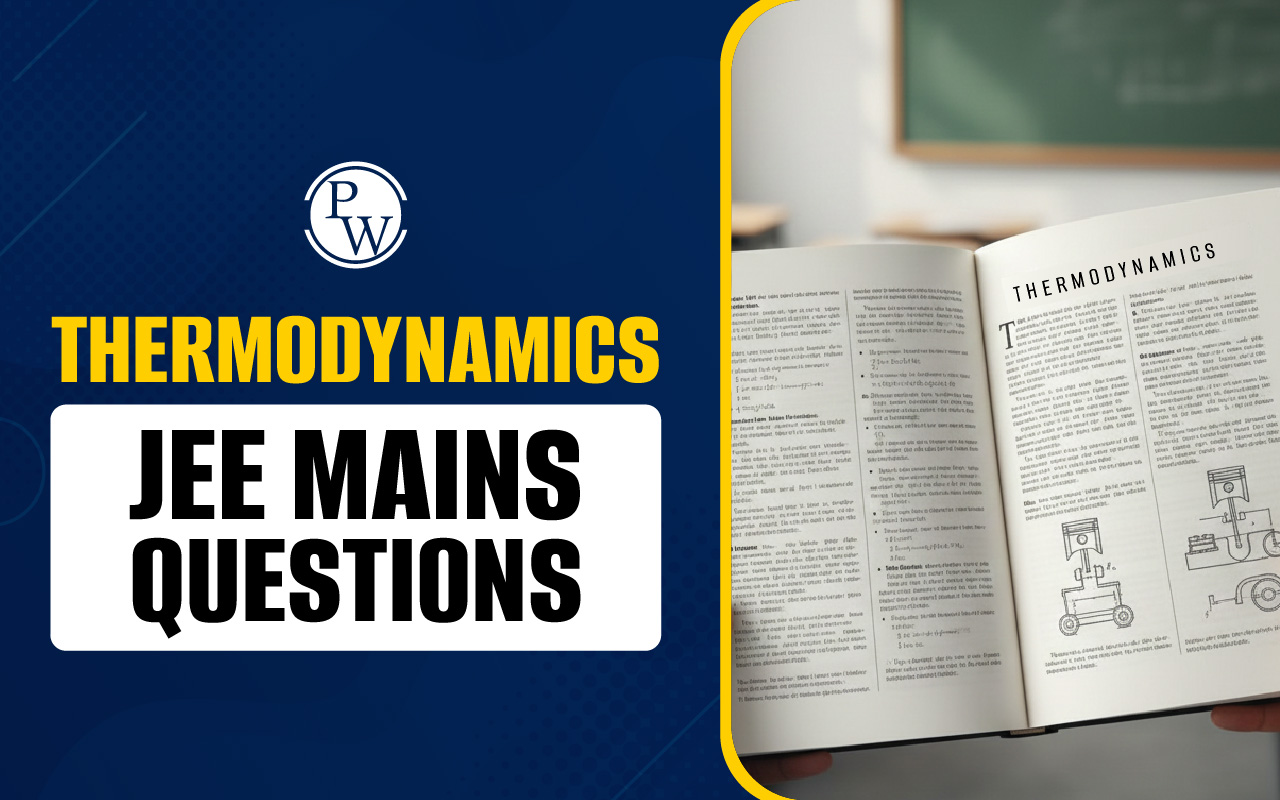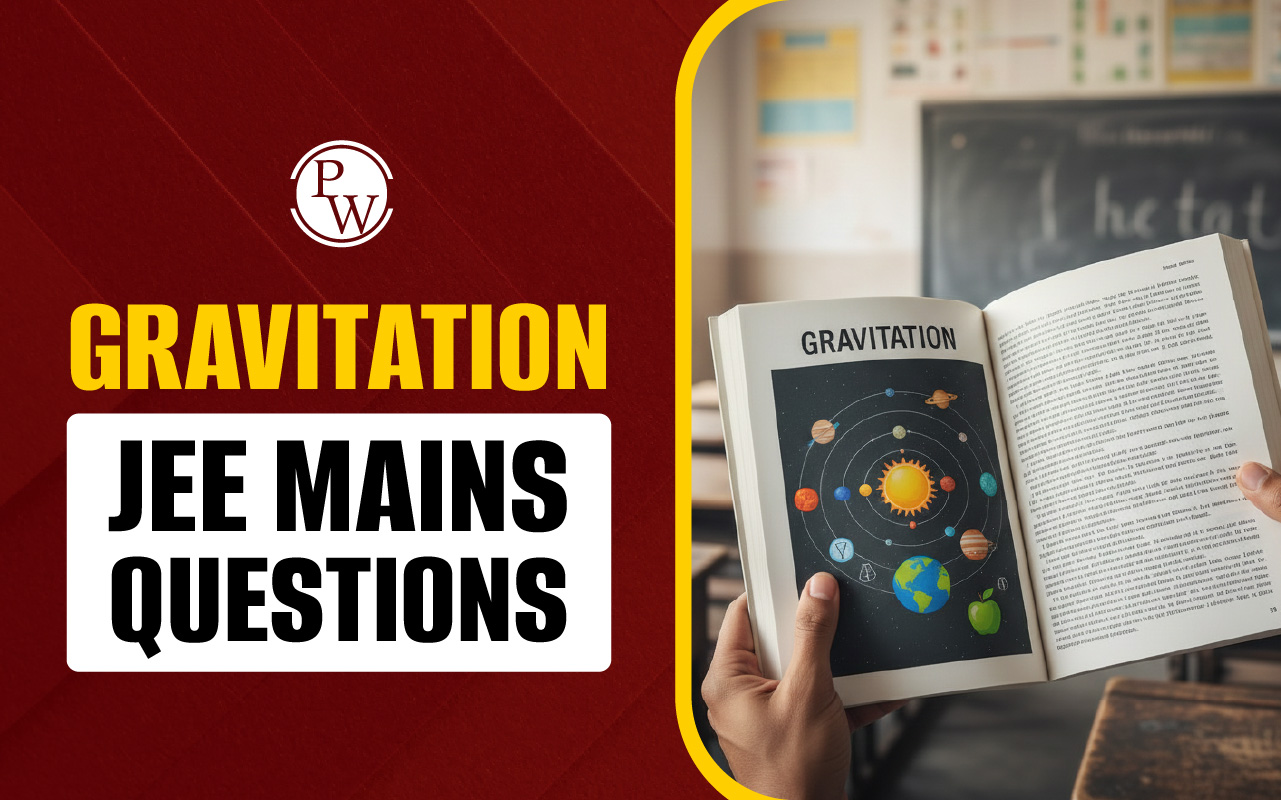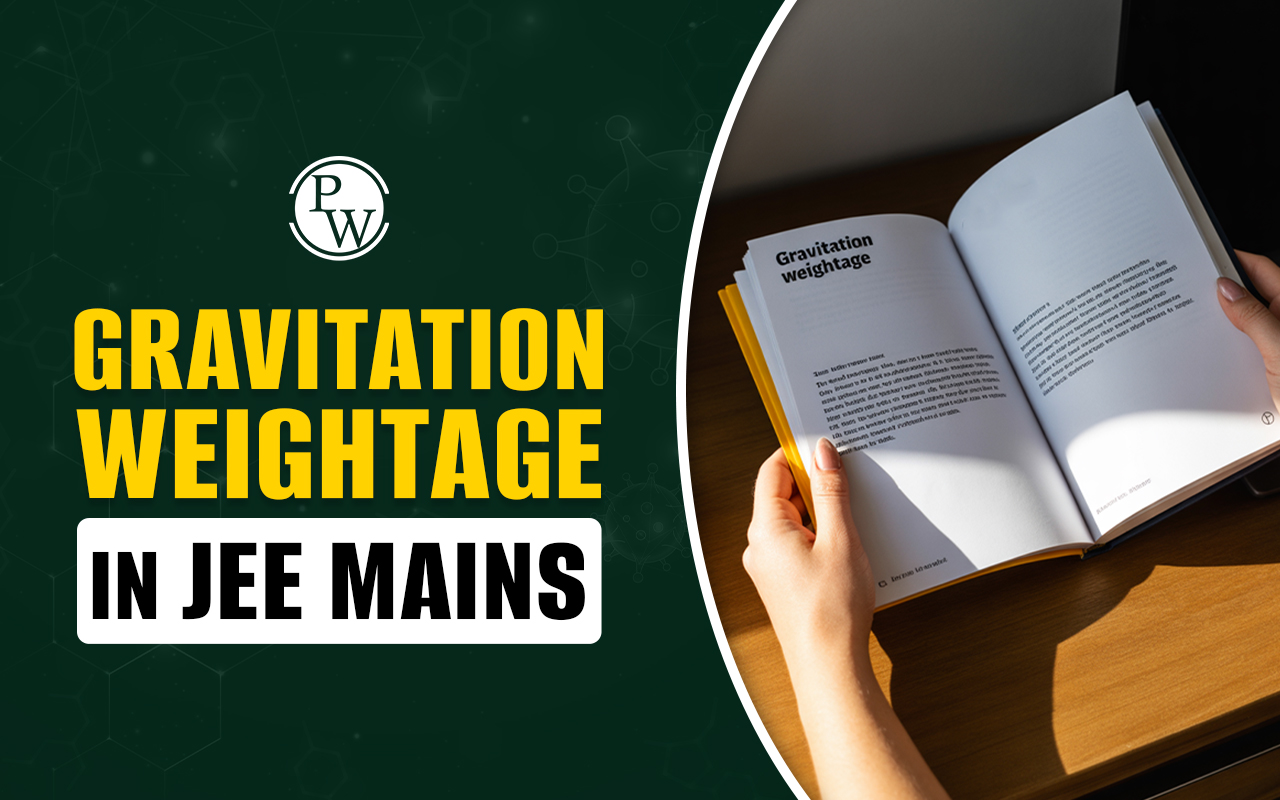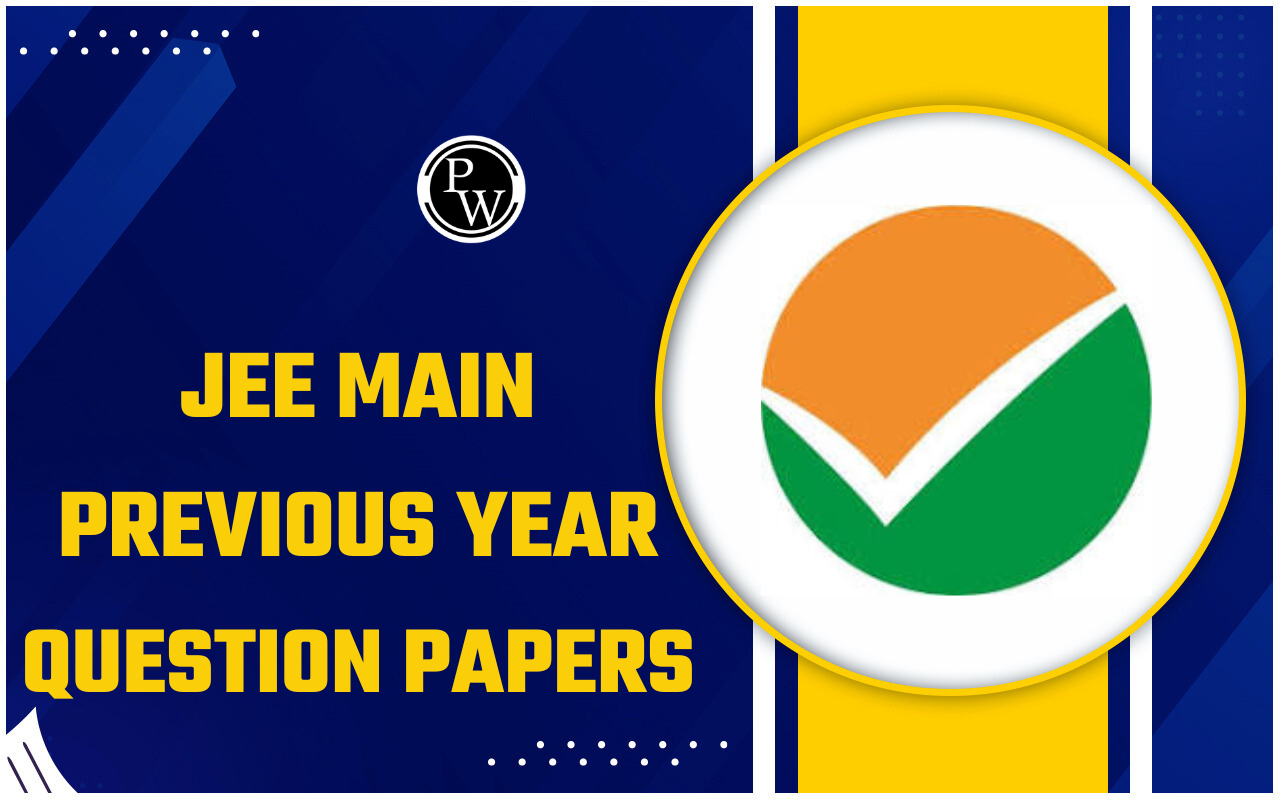
Mechanical Properties of Solids JEE Notes: Mechanical properties of solids deal with how different materials respond to external forces, stress and strain. This topic helps students understand concepts like elasticity, Hooke law, Young modulus, stress-strain curves and elastic potential energy.
It forms the basis for solving problems related to deformation of solids, springs and material strength in JEE Main and Advanced. With proper understanding and practice, students can easily connect the theory to real-life applications, such as the stretching of a wire or bending of a beam, making it an important part of JEE Physics preparation.
Mechanical Properties of Solids JEE Notes Overview
Mechanical Properties of Solids is an important chapter in JEE Physics that explains how solids behave under external forces. It introduces students to the concepts of stress, strain, elasticity and Hooke law, which are the foundation for understanding material strength and deformation. Our stress strain curve JEE notes provide a clear explanation of different regions such as elastic limit, yield point, ultimate strength and breaking point. This curve helps in visualizing how materials respond to applied loads, a concept frequently tested in both JEE Main and Advanced.
Another major area of focus is Young modulus, which quantifies the stiffness of a material. The notes cover derivations, applications and solved Young modulus JEE Main questions to strengthen problem-solving skills. Understanding modulus of elasticity, bulk modulus and shear modulus further prepares students for numerical as well as conceptual questions.
The chapter also emphasizes practical applications like stretching of wires, bending of beams and energy stored in deformed solids. With formula sheets, solved examples and structured explanations, these notes enable students to connect theory with real-life examples and prepare effectively for exams.
Mechanical Properties of Solids JEE Notes act as a complete revision guide helping aspirants master both theoretical concepts and numerical problems with confidence.
Mechanical Properties of Solids JEE Notes Download PDF
Mechanical Properties of Solids JEE Notes are designed to simplify the study of stress, strain, and elasticity, making them one of the best JEE notes for elasticity and solids. The notes cover important concepts like Hooke Law, elastic limit and the derivation of elastic constants in a clear and systematic way.
A special focus is given to the elasticity JEE notes PDF, which includes theory, solved example and formula sheets for quick revision.
Students can also practice mechanical properties of solids JEE Advanced problems, such as stretching of wires, bending of beams and energy stored in deformed solids, to build accuracy and speed in numerical problem-solving.
With concise explanations and solved JEE Main and Advanced questions, these notes provide a complete package for mastering elasticity and related topics efficiently.
Mechanical Properties of Solids JEE Notes
Free PDF
Benefits of Mechanical Properties of Solids JEE Notes
Mechanical Properties of Solids JEE Notes provides advantages for aspirants preparing for JEE Main and Advanced. These notes allow students to organize their learning, strengthen their problem-solving abilities and revise quickly without referring to multiple sources. By combining theory, formulas and solved examples learners can study efficiently and build a strong conceptual base.
Clear and Concise Explanations: The notes explain fundamental concepts such as stress, strain, Hooke law and elastic constants in an easy-to-understand way.
Conceptual Understanding: Provides in-depth clarity on the stress strain curve JEE notes, elastic behavior of materials and mechanical properties like Young modulus, bulk modulus and shear modulus.
Practice Questions: Includes solved and unsolved mechanical properties solids JEE Advanced problems to improve application and numerical-solving accuracy.
Advanced Topics: Covers detailed derivations and applications like bending of beams, energy stored in solids and torsional rigidity for higher-level preparation.
Formula Sheet: Lists all elasticity relations, modulus formulas and key equations for quick and effective revision.
Revision Notes: Students can prepare short notes from the best JEE notes for elasticity and solids making it easy to revise important points before exams.
Strategies to Mechanical Properties of Solids
Having the right study approach is important to understand and retain the concepts in Mechanical Properties of Solids JEE Notes. Start by observing real-life examples like the stretching of a spring, the bending of a beam or the stretching of a rubber band to connect theory with practical understanding.
-
Focus on the stress strain curve JEE notes as it forms the foundation for understanding elastic behaviour and mechanical properties. Study key elastic constants such as Young modulus, bulk modulus and shear modulus and solve Young modulus JEE Main questions to strengthen conceptual clarity.
-
Prepare a formula sheet that includes relations between stress, strain, modulus of elasticity and Poisson ratio for quick revision. Work through solved examples in the notes along with theoretical derivations to grasp applications like bending of beams, torsional rigidity and energy stored in solids.
-
Use concise elasticity JEE notes PDF for fast recall instead of going through multiple textbooks. Relating problems to practical cases such as bridges, springs or metallic wires under load will help visualise concepts better.
-
Finally take up mechanical properties solids JEE Advanced problems and numerical questions regularly to improve speed, accuracy and confidence in applying formulas.
Mechanical Properties of Solids FAQs
What are the important topics in Mechanical Properties of Solids for JEE?
How do the stress strain curve JEE notes help in preparation?
What type of numerical questions are asked in this chapter?
Are Young modulus JEE Main questions important?
How can elasticity JEE notes PDF help in last-minute revision?



